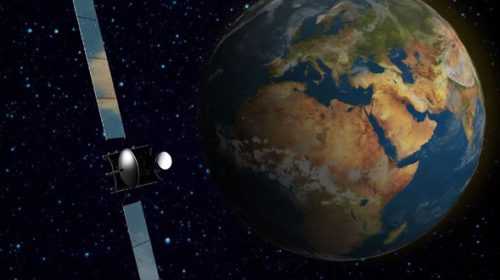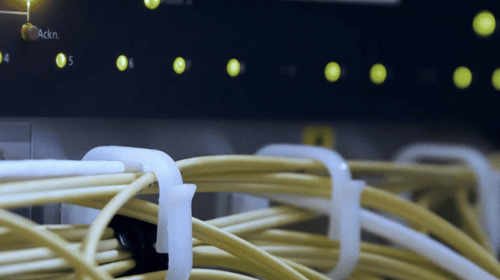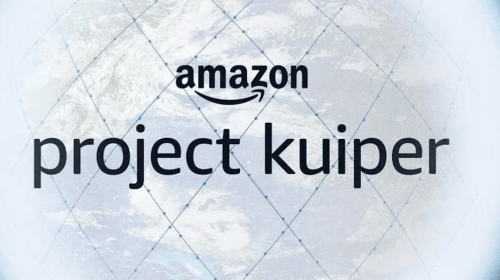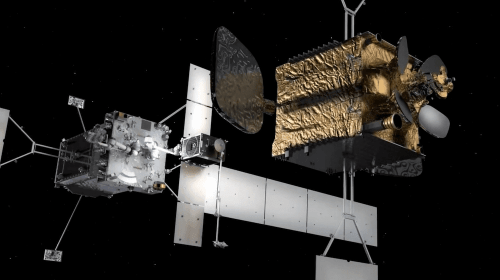Project Kuiper Confirms Success of Inter-Satellite Optical Links
Dec 18, 2023
Amazon recently announced a major breakthrough in its ambitious Project Kuiper initiative to deploy a constellation of satellites providing high-speed internet access. The company successfully tested pivotal technology called optical inter-satellite links (OISLs) that will dramatically boost the performance of its planned service.
 Laboratory tests on the optical inter-satellite links of Project Kuiper. Credit: Amazon
Laboratory tests on the optical inter-satellite links of Project Kuiper. Credit: Amazon
OISLs enable laser communication between satellites as they circle the globe. Although inter-satellite laser links existed previously, earlier incarnations were limited to connecting just two satellites at a time. According to Amazon, the ability of Kuiper’s satellites to simultaneously connect with multiple spacecraft and create a dynamic mesh network architecture in space is of utmost importance. Amazon emphasizes that this mesh topology is critical because it enables Kuiper to distribute data at speeds up to 30% faster than fiber optic cables covering the same distances on land.
So how precisely do OISLs achieve this? They utilize infrared lasers to transmit information between satellites orbiting the planet. Rather than being constrained to sending data only between an individual satellite and ground receivers, OISLs permit satellites to relay information directly to one another across a space-based network. By equipping every Kuiper satellite with multiple optical communication terminals, they can establish laser cross-links to construct a secure, resilient mesh system in orbit. Amazon suggests these capabilities will significantly increase overall throughput while slashing latency.
While conceptually promising, Amazon admitted OISLs have posed an enduringly tricky challenge for low Earth orbit broadband schemes to conquer. To construct a practical system, laser beams must be focused tight enough to guarantee robust links spanning thousands of miles between speedily orbiting nodes, all while accounting for subtle orbital mechanics. Although Project Kuiper’s solution scored well in lab tests, launching the technology to space furnished the first real-world verification.
In a historic milestone this November, Amazon engineers pioneered the first optical connections between the firm’s two Kuiper prototype satellites. These pathfinding tests realized stunning bi-directional data rates beyond 100 Gbps for extended periods of over an hour. Beyond proving the ability to sustain links between two spacecraft, Amazon also indicated initial results suggest their design can maintain multiple simultaneous cross-links amongst several satellites – the essential ingredient for a next-generation orbital mesh network.
An Amazon spokesperson later confirmed: “These breakthrough tests validated the final component of Project Kuiper’s advanced communications architecture. The outcomes ensure optical inter-satellite links will be operational on our first Kuiper production satellites, scheduled for launch by the first half of 2024.”
With proven OISLs set to eventually be deployed across its constellation of over 3,000 satellites, Amazon declared that Project Kuiper will effectively function as a game-changing mesh network elegantly encircling Earth. The company added that its engineers entirely developed this revolutionary laser communications system in-house to maximize speed, affordability, and reliability. Thus far in testing, the architecture has supposedly performed flawlessly.
The watershed evaluations imply consumers practically anywhere worldwide will eventually be able to harness Kuiper satellites to securely upload data to the cloud. This information could then traverse space at light speed via the laser mesh before downlinking across the globe.





